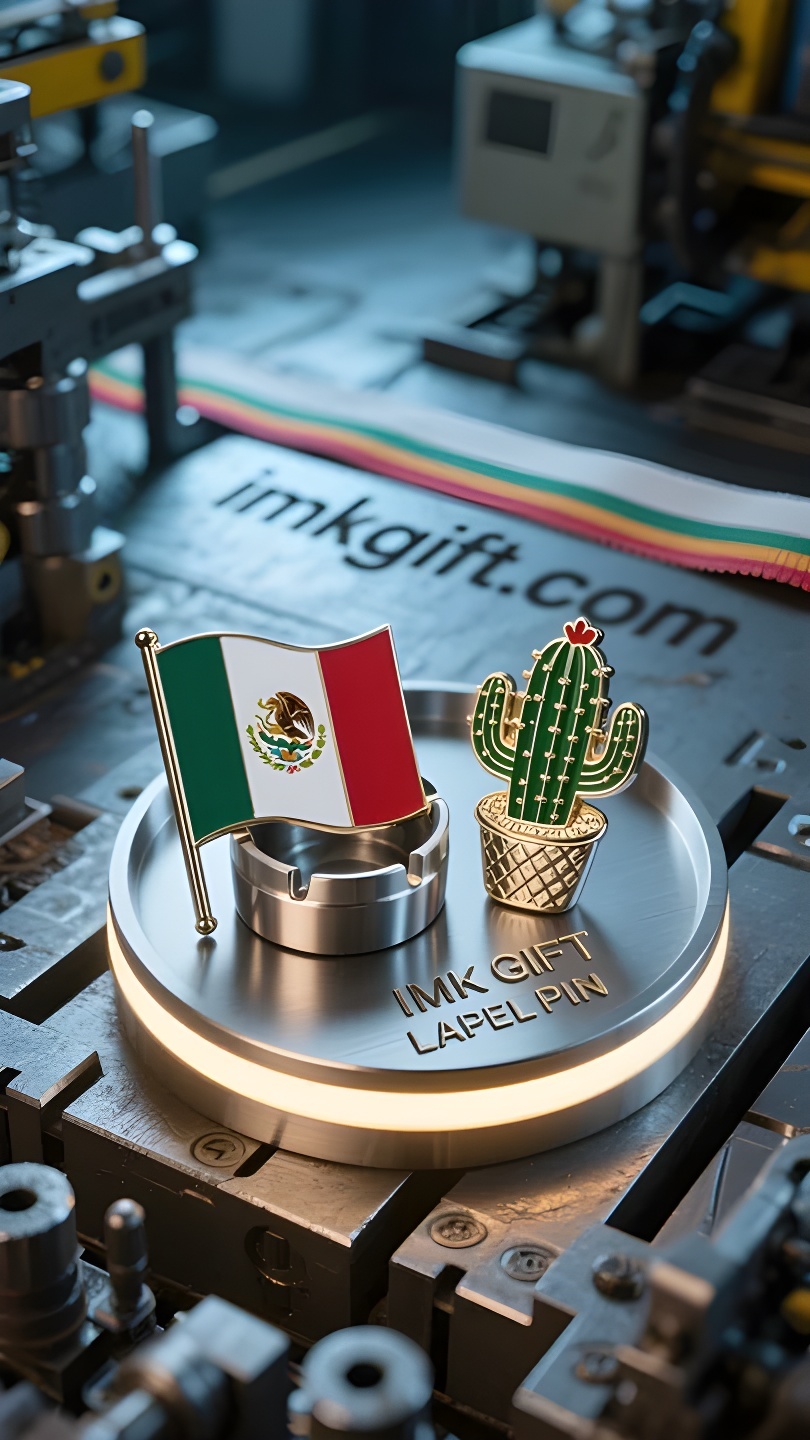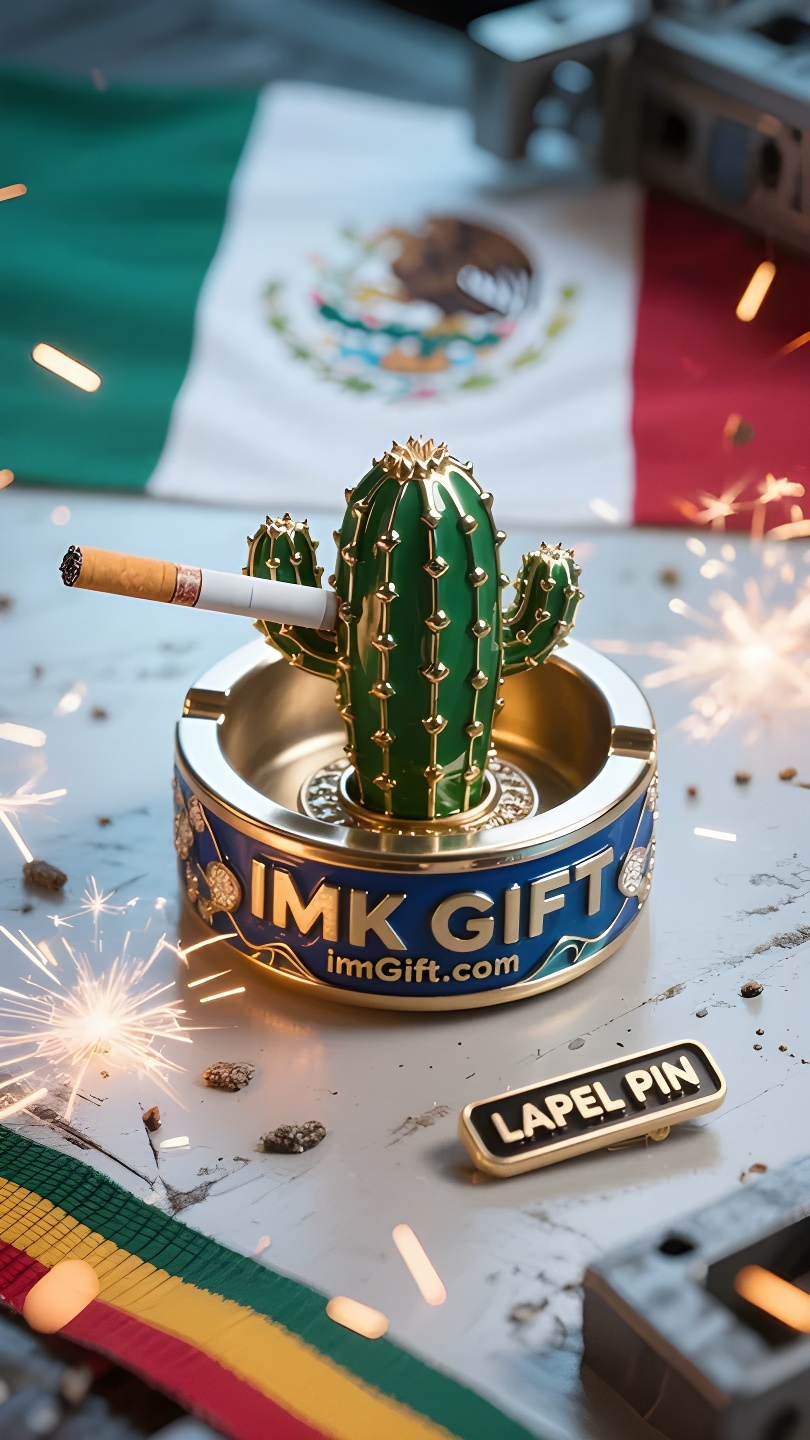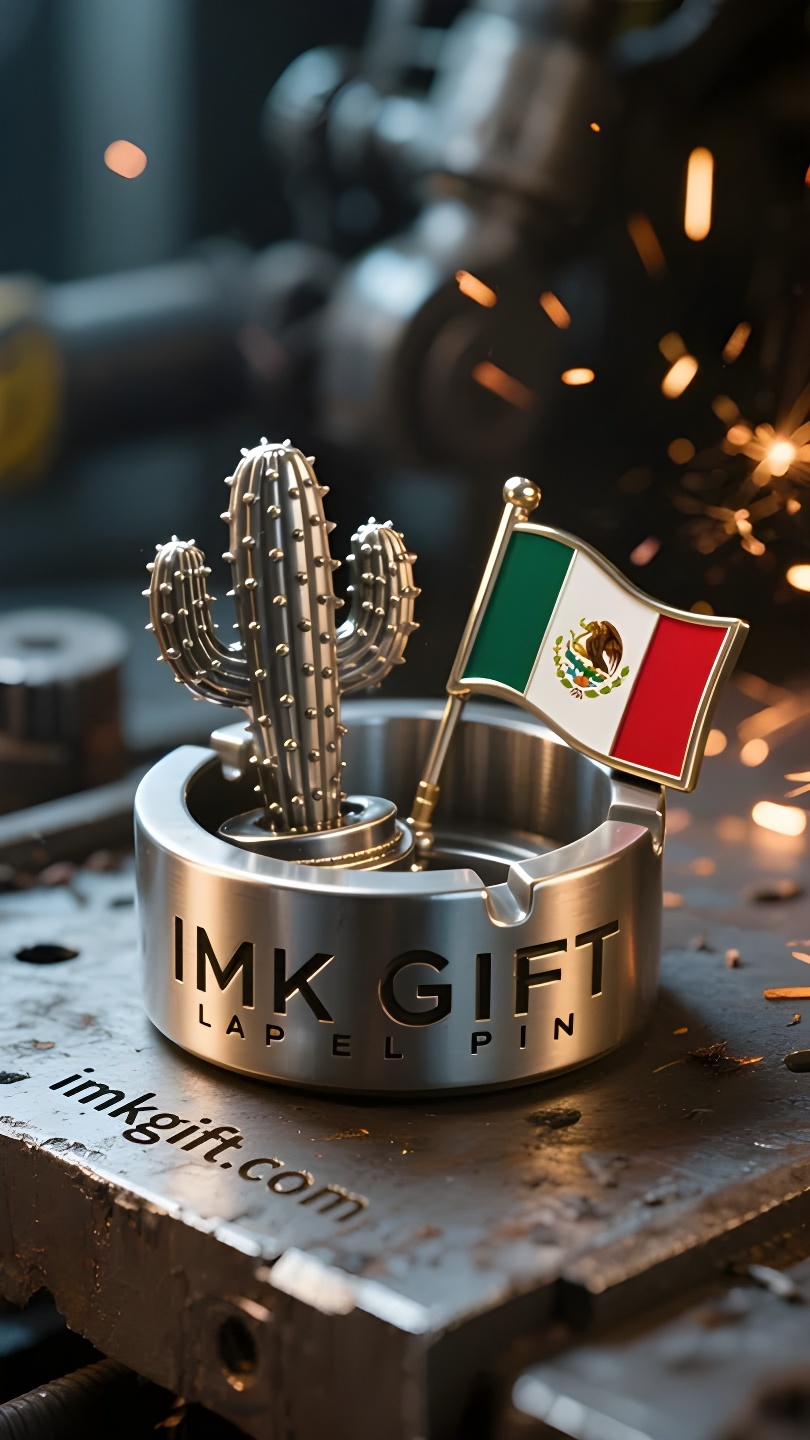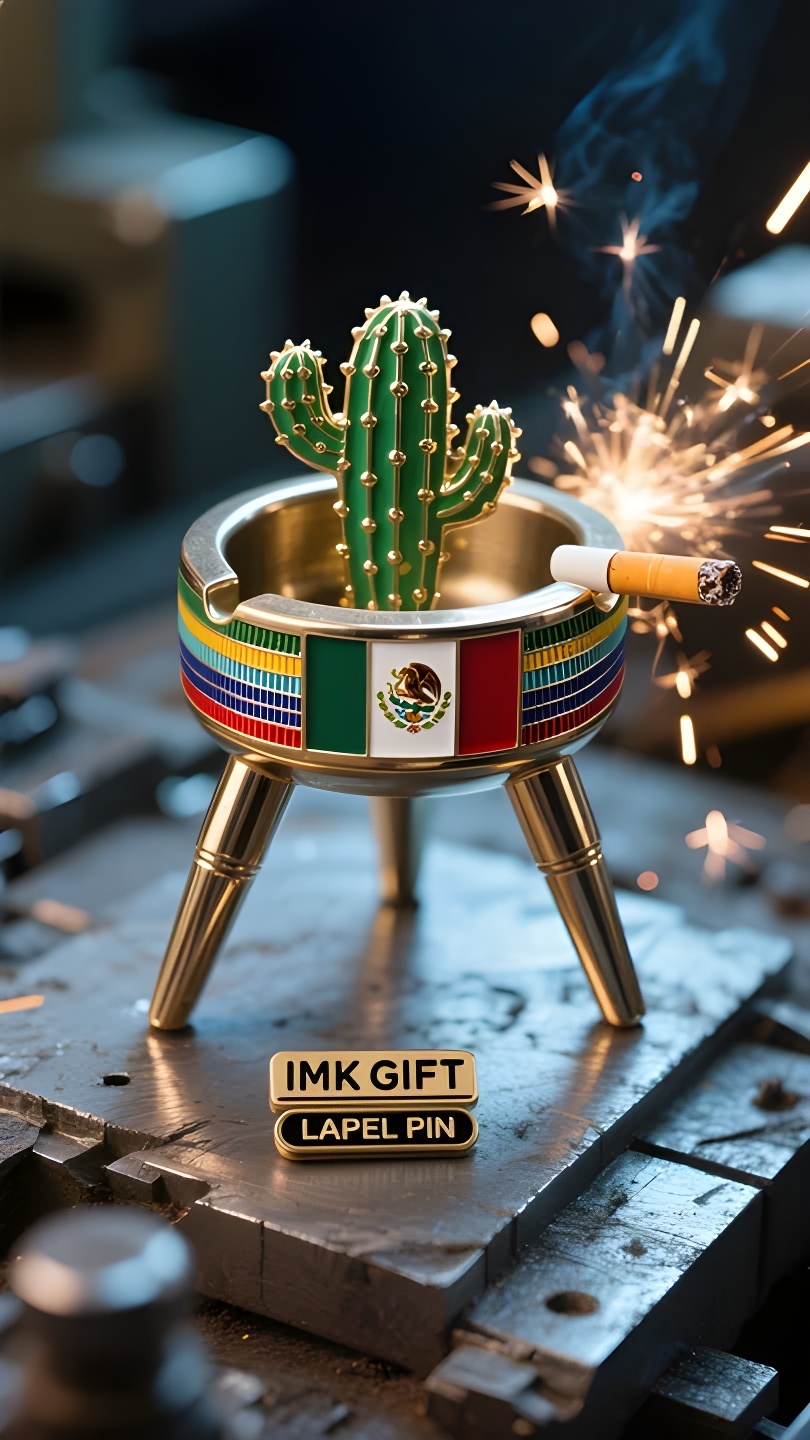in990-La-flor-nacional-que-florece-entre-las-cenizas
▼
El 16 de septiembre, la bandera mexicana ondeó al viento durante la celebración del Día de la Independencia. Los tótems del águila y la serpiente, saltando entre los colores rojo, blanco y verde, transmitían la antigua fábula de los aztecas de “construir una casa sobre el cactus”. Esta tierra nunca teme a la esterilidad; al igual que el cactus de la bandera nacional, incluso si tiene sus raíces en una grieta de roca estéril, aún puede soportar el peso de la vida. El cenicero de cactus, hecho por artesanos mexicanos, es una metáfora concreta de este espíritu. A menudo se moldea con arcilla tosca, con la parte cóncava en la parte superior para contener las cenizas, pero en la parte inferior crece silenciosamente un tallo verde y espinoso. La gente apaga las colillas quemadas en él, y las cenizas se filtran en la tierra, convirtiéndose en nutrientes para nutrir los nuevos brotes. Esto coincide con la filosofía mexicana de supervivencia: el revés más profundo suele ser el preludio del renacimiento. Así como el momento en que el águila despedazó a la serpiente venenosa está congelado en la bandera nacional, el cenicero de cactus nos recuerda: los verdaderos fuertes nunca evitan los “momentos oscuros”. Ese pasado quemado y aplastado eventualmente se asentará en tierra fértil con paciencia y fe. Cuando camines por el desierto de la vida, recuerda las pequeñas palabras talladas por artesanos mexicanos en el fondo de la cerámica: “El peso de las cenizas puede soportar toda la primavera”. Las espinas del cactus no son una armadura, sino una bandera que declara la guerra al destino; el calor residual en el cenicero eventualmente encenderá el siguiente grupo de chispas.
On September 16, the Mexican flag fluttered in the wind during the Independence Day celebration. The totems of the eagle and snake leaping between the red, white and green colors carried the ancient fable of the Aztecs “building a home on the cactus”. This land is never afraid of being barren – just like the cactus on the national flag, even if it is rooted in a barren rock crack, it can still hold up the weight of life. The cactus ashtray made by Mexican craftsmen is a concrete metaphor of this spirit. It is often shaped with rough clay, with the concave part on the top to hold the ashes, but the bottom quietly grows a verdant “thorn stem”. People put out the burnt cigarette butts in it, and the ashes seep into the soil, becoming nutrients to nourish new buds. This is in line with the Mexican philosophy of survival: the deepest setback is often the prelude to rebirth. Just as the moment when the eagle tore the poisonous snake apart is frozen on the national flag, the cactus ashtray reminds us: the real strong never avoid “dark moments”. Those scorched and crushed past will eventually settle into fertile soil with patience and faith. When you trek through the desert of life, please remember the small words carved by Mexican craftsmen on the bottom of pottery: “The weight of the ashes can support the entire spring.” The thorns of the cactus are not armor, but a flag declaring war on fate; the residual heat in the ashtray will eventually ignite the next cluster of sparks.
九月十六日,墨西哥国旗在独立日的庆典中迎风飘扬,红、白、绿三色间跃动的雄鹰与蛇的图腾,承载着阿兹特克人”在仙人掌上建立家园”的古老寓言。这片土地从不畏惧荒芜——正如国旗上的仙人掌,即便扎根于贫瘠的岩缝,仍能托举起生命的重量。
而墨西哥匠人打造的仙人掌烟灰缸,恰是这份精神的具象化隐喻。它常以粗粝陶土塑形,顶部凹陷处盛接烟灰,底部却悄然生长出翠绿的”刺茎”。人们将燃尽的烟蒂按灭其中,灰烬渗入土壤,反而成为滋养新芽的养分。这暗合着墨西哥人的生存哲学:最深的挫败,往往是破土重生的序章。
正如雄鹰撕碎毒蛇的瞬间定格在国旗上,仙人掌烟灰缸提醒我们:真正的强者从不回避”灰暗时刻”。那些被炙烤、被碾碎的过往,终将在耐心与信念中沉淀为沃土。当你在生活的荒漠里跋涉时,请记得墨西哥匠人刻在陶器底部的那行小字:”灰烬的重量,托得起整个春天。”
仙人掌的棘刺不是铠甲,而是向命运宣战的旗帜;烟灰缸里的余温,终将点燃下一簇星火。
▼
Contact Us
📞 Tel: +0086-760-85286839
📧 Email: sales3@imkgift.com








